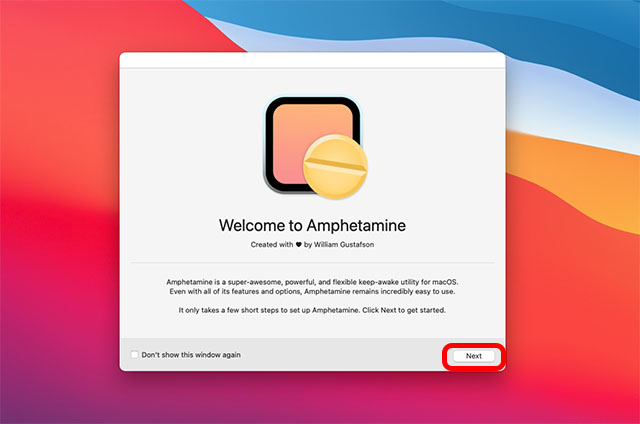

grandiosity, or an exaggerated sense of one’s own importance.apprehension, anxiety, irritability, and restlessness.faster, deeper breaths, especially in those with other lung conditions.increased likelihood of seizures for susceptible individuals.loss of appetite, nausea, and weight loss.erectile dysfunction, and especially frequent or persistent erections.Raynaud’s phenomenon, where there is reduced blood flow to the extremities.In a study that followed 65 patients taking amphetamines alongside normal medication, 38 “showed significant improvement, in particular with respect to energy, mood, and psychomotor activity.”Īccording to the authors, side effects were minimal, and no drug dependency was seen.Īmphetamine can produce many side effects, ranging from mild to severe. In rare cases, amphetamines are used alongside standard antidepressants to treat some types of depression that do not respond to other treatments, especially in people who also experience fatigue and apathy. However, in the 1950s and 1960s, amid growing concern about its adverse effects, it was replaced by newly available antidepressants. Depressionįrom the 1930s, amphetamine was used to treat affective disorders, obsessive-compulsive disorder (OCD), and schizophrenia. This, they say, could help curb obesity and related complications, such as diabetes and cardiovascular disease. They proposed a 6-month use of the drug to help people who have not responded to other treatment to improve their diet and increase exercise levels. However, in 2015, after carrying out a small study, researchers suggested that dexamphetamine might be a safe and effective way of boosting people’s motivation for lifestyle changes that can lead to weight loss. In the 1950s, reports of malnutrition, psychosis, and depression on withdrawal caused doctors to stop prescribing amphetamines for weight loss.Ĭurrently, medical professionals do not recommend using amphetamines and their derivatives to help reduce obesity. Under the name Benzedrine, amphetamines were first used to treat obesity in the 1930s, due to their appetite-suppressing capabilities.įears of the drug’s side effects and its potential for addiction and abuse caused them to fall out of favor for this purpose.

It also involves frequent and unexpected bouts of sleep.Īmphetamines and amphetamine derivatives have been used in the past to treat narcolepsy.ĭue to concerns over their side effects, however, amphetamines are increasingly being replaced by modafinil, a medication that promotes wakefulness. In a person with this condition, strong emotions can trigger a sudden loss of muscle tone, or cataplexy, which causes a person to collapse and possibly fall down. NarcolepsyĪ person with narcolepsy will experience excessive daytime sleepiness and irresistible sleep episodes, called “sleep attacks.” Those who use mixed amphetamine salts, however, were more likely to continue with the treatment. They found that the brain structures of people who took stimulants for ADHD were more likely to resemble the brain structures of people without the condition than to resemble those with ADHD who did not use the drugs.Ī review published in Cochrane in 2011 suggested that adults with ADHD might benefit from short-term use of amphetamines, but that they were unlikely to persist with the treatment because of adverse effects. Scientists carrying out a review of 20 studies concluded that stimulants are probably helpful for people with ADHD. Long-term treatment with amphetamine-based medication in children appears to prevent unwanted changes in brain function and structure. It often appears in children, but it can continue into adulthood.Īmphetamines reverse some of these symptoms and have been shown to improve brain development and nerve growth in children with ADHD. Attention deficit hyperactivity disorderĪDHD is characterized by hyperactivity, irritability, mood instability, attention difficulties, lack of organization, and impulsive behaviors. In the past, it has been used to treat narcolepsy and to help with weight loss, but this is less common now. Now, it is mainly used to treat ADHD, and, rarely, depression. They are used to treat ADHD and as a recreational drug.Īmphetamine activates receptors in the brain and increases the activity of a number of neurotransmitters, especially norepinephrine and dopamine.ĭopamine is associated with pleasure, movement, and attention.Īmphetamine has been trialed for a wide variety of conditions. Share on Pinterest Amphetamines come in different forms.


 0 kommentar(er)
0 kommentar(er)
